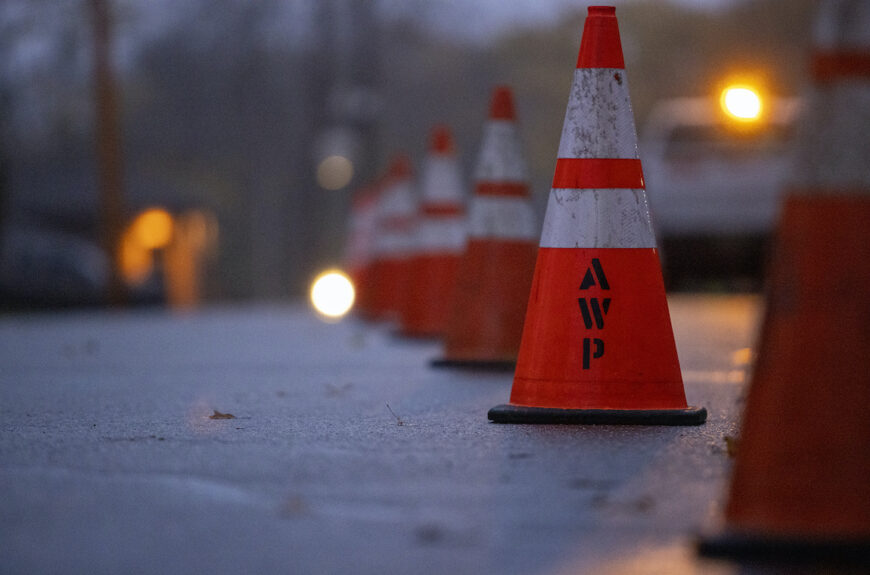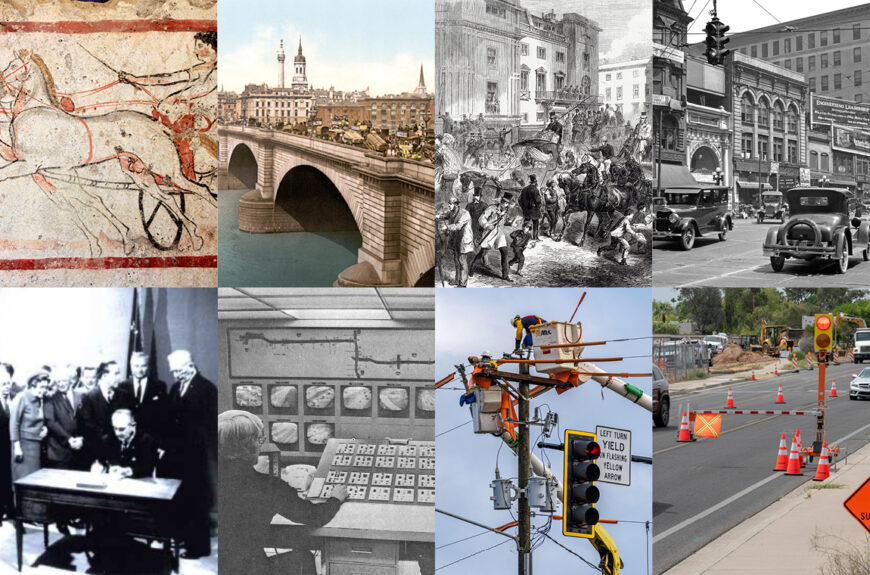
The History of Traffic Control
Safety. Traffic flow. Efficiency. These priorities have driven civilizations to advance traffic control since the early days of Rome. The technology has changed, but the mission hasn’t: get work done and get people where they’re going, without accidents or injuries.
“Traffic control has evolved over millennia to take advantage of the latest technologies,” said Christina Tharp, vice president of marketing and corporate communications. “It started with people. Over time innovations like electricity and computerization enhanced traffic control. Today we’re in an age of automation. What we do today has really grown out of the safety needs created by the ancient world’s first road construction and city planning.”
From Ancient Rome to AWP Safety
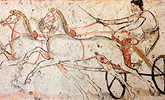
300s B.C. Ancient Rome
Appian Way, civilization’s first major road, was built in 312 B.C. as a supply route. More roads popped up to connect new territories claimed by Rome. Early engineers designed the roads to accommodate the width of two carts while sidewalks allowed pedestrians to safely travel without interrupting traffic. In cities, important officials could quickly get around by cart or carriage thanks to early Protectors who cleared the streets of traffic.
(Source: ItsHistoria)
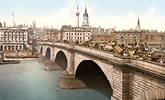
1700s England
For centuries, London Bridge was the only way to cross the Thames River without using a boat, creating congestion and safety hazards. In 1749, a crowd of 8,000 people caused a three-hour traffic jam on the bridge trying to return home after a concert and royal fireworks. Traffic police were assigned to London Bridge to alleviate future traffic congestion and accidents. In 1896, London Bridge was the busiest point in London. Eight thousand pedestrians and 900 vehicles crossed every hour.
(Source: Wikipedia “Music for the Royal Fireworks”)
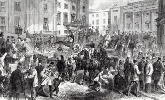
1860s Traffic Control
The Locomotive Act of 1865, or the Red Flag Act, mandated that vehicles propelled by anything other than animals must have a flag bearer walking 60 yards ahead of it to warn others that a vehicle was approaching. It also set one of the first speed limits: 4 mph on the open road and 2 mph in cities. Some of the first gas-lit traffic lights also were installed near the House of Parliament in 1868. Called semaphores, they were operated by police officers and used arms marked “stop” and “go” to control traffic. At night, gas lanterns lit up green and red lenses for greater visibility. Pictured is a chaotic 1800s traffic scene in London’s Piccadilly Circus.
(Source: Wikipedia “Locomotive Acts”)
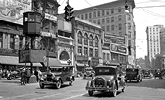
1910s – 1920s Traffic Lights
The first electric traffic light in the U.S. was installed in Cleveland in 1914 at the corner of Euclid Ave. and East 105th Street. The lights controlled a complex mix of early cars, streetcars, horse-drawn carriages, carts and pedestrians. By 1920, a Detroit police officer invented the modern three-color electric traffic light, which he adapted from railroad lights, wires and switches. The lights replaced police officers directing traffic and soon became popular nationwide. Pictured is a 1920s light used in Philadelphia, PA.
(Sources: Cleveland Police Museum, The Henry Ford )
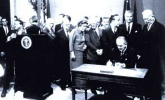
1960s Establishing Government Oversight
The U.S. Department of Transportation was launched in 1967 to oversee the distribution of federal funds to create a national transportation program. As he signed the act that created USDOT, President Lyndon B. Johnson noted that “transportation has truly emerged as a significant part of our national life…its progress must be accelerated so that the quality of our life can be improved.”
(Source: Wikipedia “United States Department of Transportation”)
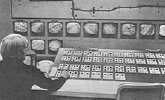
1970s Computer Technology in Traffic Safety
Minnesota started an ambitious project to improve traffic flow and safety along busy Interstate 35. It was one of the first to leverage all the latest technologies of the time, including ramp meters, cameras, traffic speed sensors, electronic signs, HOV bypass lanes and a dedicated traffic management center. Pictured is the Metro Traffic Control Center in Minneapolis-St. Paul area in 1975.
(Source: Streets.mn)
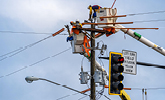
1980s – 1990s Introducing AWP Safety
Area Wide Protective (now AWP Safety) started as a small security guard and alarm firm in 1981. Its first traffic control services customer was Ohio Edison. AWP first offered utility work zone safety services in 1993. Ohio Edison, now a part of First Energy Corp., remains an AWP customer today.
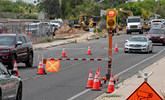
AWP Safety Today
AWP Safety is North America’s leading traffic control provider, securing 700,000+ worksites annually, with operations in 28 states and four Canadian provinces. AWP Safety’s innovative Smart Work Zone solutions combine human expertise with automation to advance safety outcomes for customers and communities.
AWP Safety
AWP Safety has grown significantly through acquisitions and now has over 160 locations across North America. It is also the largest safety solutions provider for utility, broadband and transportation infrastructure. Customers range from State Departments of Transportation and power utility companies to special event venues like the Phoenix Speedway and Savannah’s Enmarket Arena.
Visit our About AWP Safety page to learn more about our history timeline, brands and footprintt.



